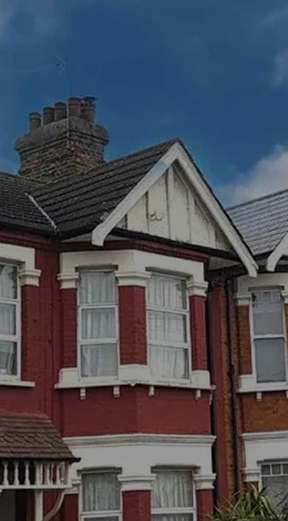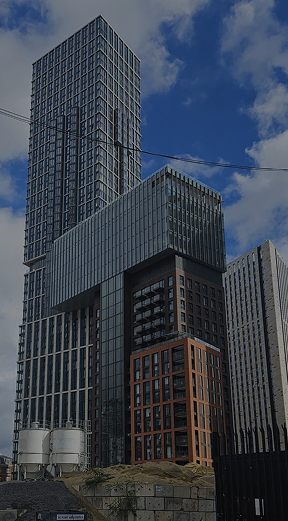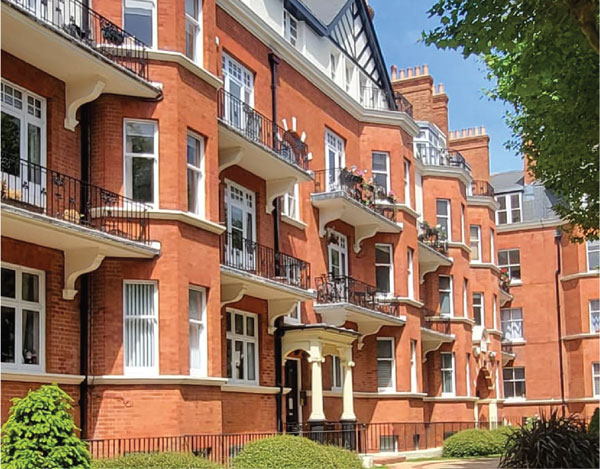What are section 20 qualifying works?
In essence any works to a block of flats costing more than £250 per property will by law trigger a Section 20 (Landlord and Tenant Act) Consultation process.
This is good news for all residents throughout the country owning leasehold flats who are not necessarily directly in charge for the administration of their building. By its very nature it forces the agents or those in charge to transparently consult with residents to obtain value for money for any substantive works potentially instructed.
So what is a Section 20 notice?
Freeholders or Landlors agents are legally obliged to issue a Section 20 (S20) notice to inform you about specific up coming works or services planned at your block or estate.
Normally the S20 notice will lay put what work is ptoposed, the reason it is being carried out and the estimated costs, it is designed to give you the chance to comment on the proposals; these are termed ‘observations’.
The form of notice will be determined by the estimated cost of the works and establish and agree if the freeholder intends to use a contractor with whom they may already have a relationship or long-term agreement. They then issue S20 notices for major works or indeed qualifying long-term contracts.
Major works
Major works are defined as decoration, repairs, improvements or refurbishments that are necessary to keep block or estates in a satisfactory state of repair and to enhance their life expectency as it were. Items relating to the internal decoration of a flat falls in the laps of individual leaseholders.
A S20 consultation process has by law to be drawn up and gone through when the cost of major works being levied to leaseholders is greater than £250 per flat.
Qualifying long-term contracts
Qualifying long-term contracts (ie for more than 12 months) include items such as managing agent agreements, grounds maintenance, reactive repairs and facilities management contracts. They apply when leasehlders are likely to be asked to pay anything more than £100 a year, normally via annual service charges.
What do Section 20 notices have to do with my service charge?
in essence a freeholder gains feedback using the S20s consultation process after which they then can establish a contract. Once this is agreed and signed, the cost of the contract is shared between leaseholders and are based on many factors and appear as a major line item on the service charge demand.
More often than not these contracts last for many years which is why S20s are a very good opportunity for leaseholders to have their say. These items may well appear on your service charge demands for years to come as they are big ticket items
Different types of S20 notices
Schedule 3
When a Freeholder enters into a long term agreement with a contractor (or group of contractors) to enable major works, the contractor(s) is asked to quote for individual projects. Once these quotes are received Freeholders carry out a one stage Schedule 3 S20 consultation with affected leaseholders, explaining the costs. Consultations normally last a minimum of 30 days.
Schedule 4 (Part 1)
Should the cost of the planned work be more than £118,000, Freeholders are duty bound to goout to tender either publicly or privately. They will then follow a two stage Schedule 4 S20 consultation process, with each stage normally lasting a minimum of 30 days.
The Stage 1 notice gives leaseholders the chance to make observations and potentially nominate contractors (see lease).
The Stage 2 notice will give leaseholders the estimated costs from the tenders received.
For more information please do contact us in the form provided and we will respond within 2 hours.
Social
Valuation Services provided by Ringley's Valuation Team
Block Management Packages
Legal Services provided by Ringley Law
Building Surveying Services
Meet our Expert Property Commentators
What are section 20 qualifying works?
In essence any works to a block of flats costing more than £250 per property will by law trigger a Section 20 (Landlord and Tenant Act) Consultation process.
This is good news for all residents throughout the country owning leasehold flats who are not necessarily directly in charge for the administration of their building. By its very nature it forces the agents or those in charge to transparently consult with residents to obtain value for money for any substantive works potentially instructed.
So what is a Section 20 notice?
Freeholders or Landlors agents are legally obliged to issue a Section 20 (S20) notice to inform you about specific up coming works or services planned at your block or estate.
Normally the S20 notice will lay put what work is ptoposed, the reason it is being carried out and the estimated costs, it is designed to give you the chance to comment on the proposals; these are termed ‘observations’.
The form of notice will be determined by the estimated cost of the works and establish and agree if the freeholder intends to use a contractor with whom they may already have a relationship or long-term agreement. They then issue S20 notices for major works or indeed qualifying long-term contracts.
Major works
Major works are defined as decoration, repairs, improvements or refurbishments that are necessary to keep block or estates in a satisfactory state of repair and to enhance their life expectency as it were. Items relating to the internal decoration of a flat falls in the laps of individual leaseholders.
A S20 consultation process has by law to be drawn up and gone through when the cost of major works being levied to leaseholders is greater than £250 per flat.
Qualifying long-term contracts
Qualifying long-term contracts (ie for more than 12 months) include items such as managing agent agreements, grounds maintenance, reactive repairs and facilities management contracts. They apply when leasehlders are likely to be asked to pay anything more than £100 a year, normally via annual service charges.
What do Section 20 notices have to do with my service charge?
in essence a freeholder gains feedback using the S20s consultation process after which they then can establish a contract. Once this is agreed and signed, the cost of the contract is shared between leaseholders and are based on many factors and appear as a major line item on the service charge demand.
More often than not these contracts last for many years which is why S20s are a very good opportunity for leaseholders to have their say. These items may well appear on your service charge demands for years to come as they are big ticket items
Different types of S20 notices
Schedule 3
When a Freeholder enters into a long term agreement with a contractor (or group of contractors) to enable major works, the contractor(s) is asked to quote for individual projects. Once these quotes are received Freeholders carry out a one stage Schedule 3 S20 consultation with affected leaseholders, explaining the costs. Consultations normally last a minimum of 30 days.
Schedule 4 (Part 1)
Should the cost of the planned work be more than £118,000, Freeholders are duty bound to goout to tender either publicly or privately. They will then follow a two stage Schedule 4 S20 consultation process, with each stage normally lasting a minimum of 30 days.
The Stage 1 notice gives leaseholders the chance to make observations and potentially nominate contractors (see lease).
The Stage 2 notice will give leaseholders the estimated costs from the tenders received.
For more information please do contact us in the form provided and we will respond within 2 hours.
Valuation Services provided by The Ringley Group
Meet our Expert Property Commentators























































